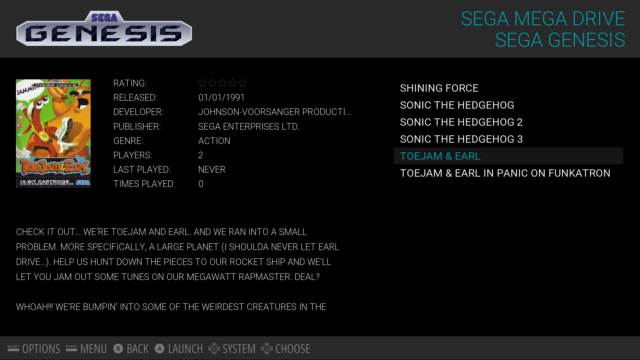
You as a user also perform write operations to this partition. For example, it often writes to log files in /var/log. Linux does the majority of its read and write operations to this partition. It contains all the files that you as a user can see when you logged into your Raspberry PI. It is also the one that we will move to the USB drive in this article. This is the one that gets mounted at / when the Raspberry PI boots up. On the right side of the previous screenshot you can see the root file system partition. Below you can see a screenshot from the Double Commander twin panel file manager that shows both partitions: The rootfs partition If you do this, you’ll notice that the Raspberry PI operating system occupies two partitions. After this the partitions got automatically mounted in my case. I inserted the Raspberry PI SD card into my PC. To understand why moving the Raspberry PI root file system from the SD card to a USB drive prevents SD card corruption, you need a basic understanding of the Raspbian partitions. Therefore you might need to get an adapter for inserting the micro SD card to your PC. This does mean that we’ll connect both the USB drive and the micro SD card of the Raspberry PI to our PC. My laptop runs Debian 10, but you can use whatever Linux distribution you prefer for this. The actual move of the Raspberry PI’s root file system to the USB drive will be done with a Linux based PC. In fact, if you store the root file system on a SATA SSD drive, which is connected to the your Raspberry PI 4 with a USB 3.0 to SATA adapter, it performs even better than with an SD card.

The USB 3.0 offers much higher read/write speeds compared to the USB 2.0 found on the older Raspberry PI models. Note however that the Raspberry PI 4 features a USB 3.0. In general, the procedure outlined in this article works on any Raspberry PI model. If you first want to try out the steps in this article, before investing into these additional parts, a simple USB flash drive of 8GB or greater suffices for testing purposes. Ideally a high quality 2.5″ SATA SSD drive (such as the Samsung 860 PRO) in combination with a USB 3.0 to 2.5″ SATA III adapter. In addition you need the actual USB drive. In case you haven’t yet installed the operating system, you can follow the instructions from a previous article, covering the steps to setup your Raspberry PI as a headless server. Furthermore I assume that you already installed Raspbian (the Raspberry PI operating system based on Debian) on the SD card.

I assume that you already own a Raspberry PI, with a micro SD card and a suitable power supply. When should you move the Raspberry PI root file system to a USB drive? Ideally right after you installed the Raspbian operating system and booted your Raspberry PI for the first time with it.

Afterwards you can boot your Raspberry PI with the root file system located on the USB drive. This article presents clear step-by-step instructions on moving the root file system from your Raspberry PI SD card to an external USB drive. One solution is by storing the Raspberry PI root file system on a USB drive, instead of the SD card.

So, if we can figure out a way to not write to the SD card, the problem is solved. When does this problem with the SD card occur? Well, only during write operations. For some their Raspberry PI server runs without problems for over a year, others that are less lucky need to replace the SD-card several time a year. Especially if you plan on running your Raspberry PI as a server 24/7. Google the phrase “Raspberry PI SD card corruption” and soon you’ll realize that this is a serious concern. This article presents instructions on moving the root file system from the SD card to an external USB drive, such that you can boot your Raspberry PI with the root file system on the USB drive. Moving the root file system of your Raspberry PI to an external USB drive bypasses this problem. There is just one snag: sooner or later the SD card gets corrupted during a write operation. You can even run it as a server 24/7 all year round. A Raspberry PI is a wonderful and powerful little computer.


 0 kommentar(er)
0 kommentar(er)
